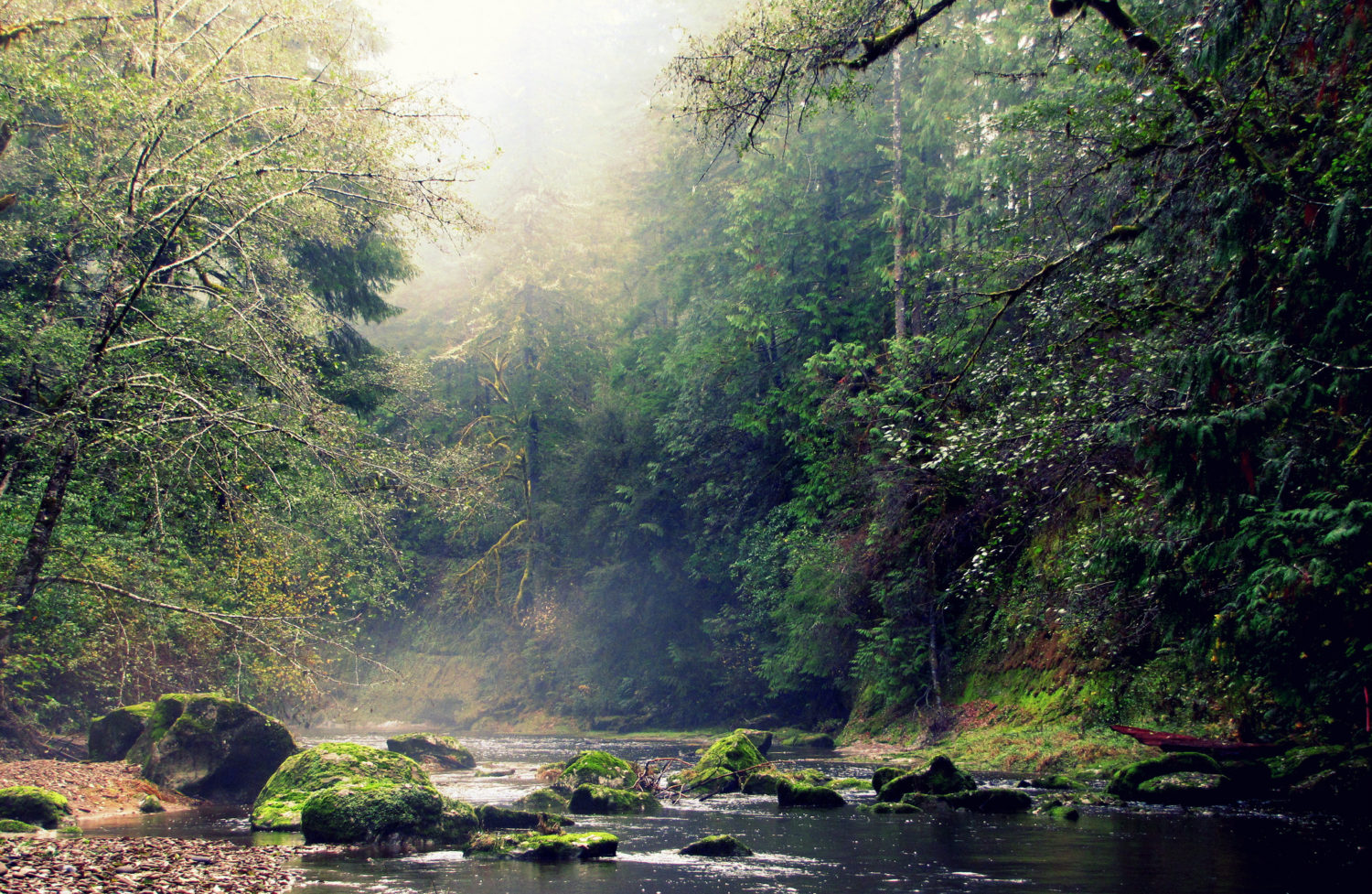Here’s what we can learn from the four-year battle for these public lands and our outdoor recreation access
Earlier this month, Oregon legislators passed measures that will finally keep the Elliott State Forest in public hands and off the auction block. This ends a long drawn-out battle that highlights the major differences between America’s public lands and state-managed lands in the West.
Though we applaud the final outcome—achieved with the vocal support of Oregon sportsmen and women—it’s important that we look back on this saga to learn what went wrong and how we might be able to avoid this sort of costly risk to our public lands in the future.
How the Elliott Became the Poster Child for the Sale of Public Lands
Established in 1930, Oregon’s Elliott State Forest is considered one of the best recreation areas on the Oregon coast. Consisting of 82,500 acres of state land that provides unmatched experiences for local hunters, anglers, and wildlife enthusiasts, the Elliott is made up primarily of lands belonging to the state’s Common School Fund, which was created in 1859—the same year Oregon officially became a state.
Common School Fund lands are used to generate revenue to benefit Oregon’s public education system, mostly through sustainable timber harvest. So when a place like the Elliott isn’t generating a profit, selling the land outright is one way to salvage the value that remains. Just a few individuals can make this decision for state-held lands, versus federal lands that can only be sold by an act of Congress. This is a very important distinction between state-owned lands and national public lands.
And this is exactly what we saw happening with the Elliott beginning in 2013. As logging restrictions and environmental lawsuits strictly limited timber operations, ownership of the forest became a financial drain—rather than a source of income—for the state. Oregon was forced to consider selling the lands to relieve this burden.

A Slippery Slope
In 2014, the state sold three parcels totaling 1,453 acres and signaled its intent to sell the forest outright two years later. Fair market value was estimated at just $220.8 million, sparking interest from buyers, and earlier this year the state land board approved a potential sale.
Immediately, sportsmen’s groups combined forces and began working to keep the Elliott State Forest public. The pressure from hunters, anglers, hikers, and American families was effective: The state land board voted in May to pursue a plan to retain public ownership of the Elliott.
This month the Oregon Legislature reached a compromise and approved $100 million in state bonding to compensate the Common School Fund for the loss of revenue as a result of preserving conservation and public access to the Elliott. Simultaneously, the state Senate passed a bill to fund and coordinate the transfer of certain trust lands to be managed for the benefit of the Common School Fund.
Finally, an outcome that sportsmen and women can be proud of was reached: Public access and outdoor recreation will continue to thrive, while fiduciary obligations to the Common School Fund will be fulfilled.
The Final Hurdles
This success sets a clear and positive example: Public lands are important to all Oregonians, and when sportsmen and women unite, we win.
There are some final steps to ensure that the Elliott remains public. The acres that would be purchased to support the school fund need to be clarified and the conservation plans for important habitat need to be fully developed. But the future is much brighter for public lands and our sporting traditions here in Oregon.
Oregon’s Elliott will remain public. Here’s what we can learn from the 4-year battle for #publiclands
Click To Tweet
While it’s no longer the poster child for sale or disposal of public lands by a cash-strapped state, the Elliott saga is still a cautionary tale. America’s public lands are a critical part of our national identity and are managed under a multiple-use mandate to prioritize recreation, habitat, grazing, and development—a much different approach than management of state lands in the West.
The post How the Elliott State Forest Public Land Sale Fizzled for Good appeared first on Theodore Roosevelt Conservation Partnership.
Powered by WPeMatico
